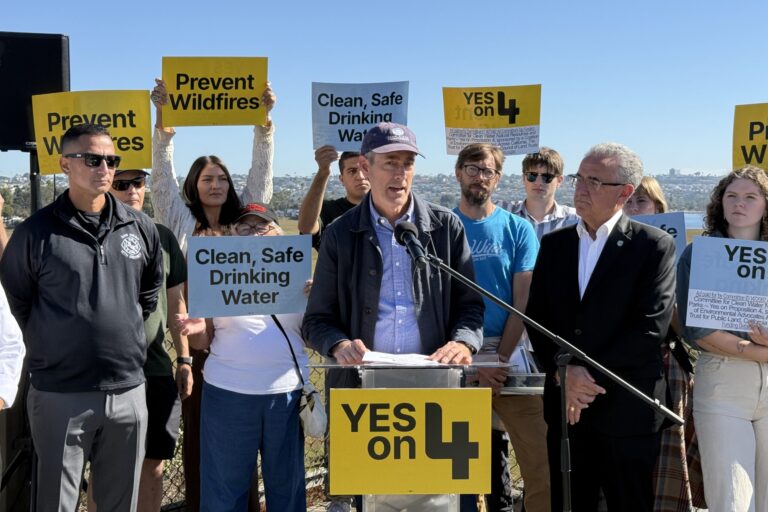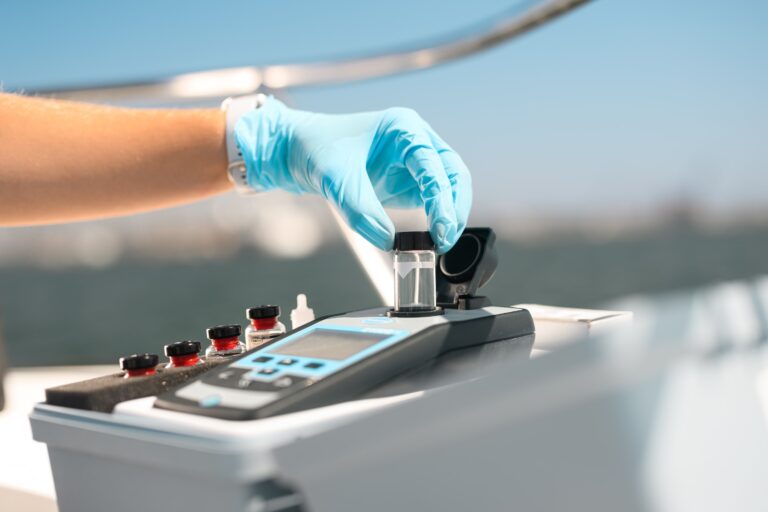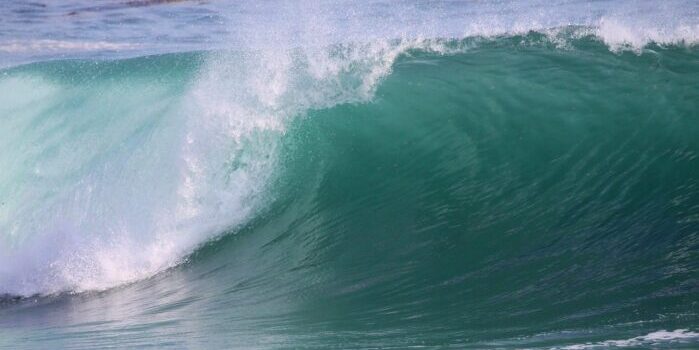Wednesday’s final ruling comes after a 20-year-long battle by Coastkeeper, EHC
SAN DIEGO, March 14, 2012 – San Diego Coastkeeper and Environmental Health Coalition (EHC) salute the Regional Water Quality Control Board (Regional Board) on ordering a cleanup of the 143,400 cubic yards of toxic sediments from the bottom of San Diego Bay. After a 20-year battle, the polluters will be held accountable, and the bay will have a chance to return to a cleaner state. In addition to celebrating the long-awaited cleanup order, both organizations asked the Regional Board to require that the cleanup actually achieve the alternative cleanup levels that the Regional Board staff has determined is safe for public health and environment.
“The Regional Board should be applauded for finally acknowledging this pollution and the harm it causes to human, environmental and economic health,” said Jill Witkowski, legal director at San Diego Coastkeeper. “It’s about time that we make those responsible for the pollution clean up their mess.”
San Diego Bay is listed under the federal Clean Water Act for 20 separate pollutants including sediment toxicity, copper, mercury, PAHs, PCBs, zinc, chlordane and benthic community effects. Due to the fish contamination from the pollutants, the Port of San Diego posted all piers along San Diego Bay with fish consumption advisories. However, because residents still catch and eat fish from the bay, they continue to be exposed to serious human health risks. The bay also plays a major role in San Diego County’s tourism economy, which depends on clean and safe coastal waters to attract visitors.
“This toxic pollution at the bottom of San Diego Bay prevents it from being safely fishable,” said Environmental Health Coalition’s Laura Hunter. “The cleanup is great news for the communities surrounding the bay. This cleanup action will reduce pollution in the bay and is an important step toward improving a food source for many families that fish it to feed their children.”
Unfortunately, as approved, the cleanup order includes some loopholes that may let the responsible parties leave more sediment pollution in the bay than the analysis shows is safe.
“The best way to illustrate the gravity of this situation is to look at mercury levels in the bay,” said Witkowski. “Currently, the Regional Board found mercury levels in San Diego Bay that are unsafe for human and environmental health. But given the loopholes in this cleanup plan, the cleanup will be considered a ‘success’ even if the mercury level is exactly the same as it is right now.”
Coastkeeper and EHC will continue to monitor the process to ensure that the bay is cleaned and the cleanup plan is executed in a manner that reduces impacts to communities. Both organizations suggested steps to the Regional Board that it can enact to protect the community during the cleanup process while it achieves safe cleanup levels. To find out more about San Diego Bay, Coastkeeper and EHC’s work on the cleanup, visit Coastkeeper’s website localhost/sdcoastkeeper.
###
SAN DIEGO COASTKEEPER: Founded in 1995, San Diego Coastkeeper protects and restores fishable, swimmable and drinkable waters in San Diego County. Visit us online at https://www.sdcoastkeeper.org.
ENVIRONMENTAL HEALTH COALITION: Founded in 1980, Environmental Health Coalition (EHC) builds grassroots campaigns to confront the unjust consequences of toxic pollution, discriminatory land use, and unsustainable energy policies. Visit us online at https://www.environmentalhealth.org/.
















